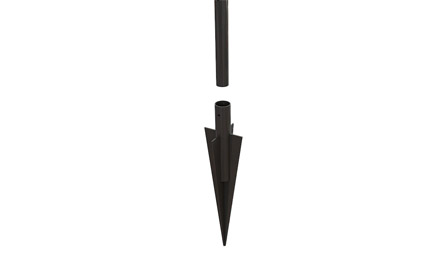Exploring the Unique Features and Uses of Common Nail in Construction
Dic . 04, 2024 08:52
The Common Nail An Underappreciated Marvel
In the world of construction and DIY projects, the common nail is often taken for granted. This simple yet indispensable fastener has been a staple in human innovation for thousands of years, playing a crucial role in building structures, creating furniture, and even in art. Despite its humble appearance and straightforward function, the common nail is a testament to human ingenuity.
A Brief History
Nails have been used since ancient times. Archaeological evidence suggests that the first nails date back to around 3400 BC in Egypt, where craftsmen hammered thin strips of bronze into shape. These early nails were rudimentary and often handmade, but they served their purpose in fastening materials together. As civilizations advanced, so did the design and production of nails. The Romans, for example, produced iron nails, which provided greater durability and strength than their bronze predecessors.
Fast forward to the 19th century, the Industrial Revolution marked a significant turning point in nail production. The invention of machines that could mass-produce nails reduced costs and increased availability. By the late 1800s, the common nail had become an essential component in construction, spurring developments in architectural design and building methods.
Types of Common Nails
While most people are familiar with the typical steel common nail, there are several types suited for different applications. Common nails, characterized by their flat heads and thick shanks, provide excellent holding power and are ideal for framing and structural work. Other variations include
1. Box Nails Slightly thinner than common nails, box nails are designed for use in lighter woods, making them perfect for crafting furniture.
2. Finishing Nails With smaller heads, finishing nails are used when a smoother surface is desired, such as in trim work or cabinetry.
3. Angled Nails Commonly used in nail guns, these nails are designed for specific applications where traditional hammering might be impractical.
common nail

Each type of nail serves a unique purpose, showcasing the versatility of this simple fastener.
The Science Behind the Nail
The design of the common nail is not arbitrary; it is a blend of engineering and functionality. The tapered point allows for easy penetration into wood, while the shank's ridges (or barbs) help grip the materials being joined. This combination of design elements ensures that the nail can withstand tensile and shear forces, making it an effective joining method for various materials.
Moreover, the material composition of nails can vary significantly. Steel nails, for example, provide high strength and resistance to bending, but they may corrode over time, especially in moisture-prone environments. Galvanized nails are coated with zinc, providing a rust-resistant layer, ideal for outdoor projects. Stainless steel nails are the go-to choice for marine applications due to their exceptional durability against corrosion.
The Future of Nails
As technology advances, so does the method of fastening materials together. While traditional nails remain essential, newer fasteners, such as screws and adhesives, have been gaining popularity. However, the common nail continues to have its place in the industry. Its low cost, ease of use, and effectiveness ensure that it remains a favorite among builders, craftsmen, and hobbyists alike.
In the realm of sustainability, there is a growing trend toward using recycled materials in nail production. This shift not only reduces environmental impact but also highlights the continuing evolution of the common nail in response to modern challenges.
Conclusion
The common nail may seem like a simple tool, but its impact on construction and craftsmanship is profound. From ancient times to the present, it has been a vital element in building our world. As we move forward, embracing innovations in design and materials, we must not forget the enduring significance of this unsung hero in the toolbox. Every nail hammered into place tells a story—a story of construction, creativity, and the human spirit.




















